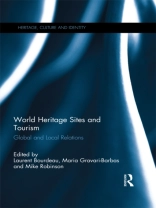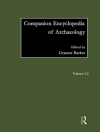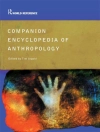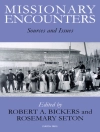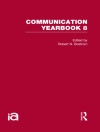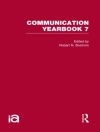Not all World Heritage Sites have people living within or close by their boundaries, but many do. The designation of World Heritage status brings a new dimension to the functioning of local communities and particularly through tourism. Too many tourists accentuated by the World Heritage label, or in some cases not enough tourists, despite anticipation of increased numbers, can act to disrupt and disturb relations within a community and between communities. Either way, tourism can be seen as a form of activity that can generate interest and concern as it is played out within World Heritage Sites. But the relationships that World Heritage Sites and their consequent tourism share with communities are not just a function of the number of tourists. The relationships are complex and ever changing as the communities themselves change and are built upon long-standing and wider contextual factors that stretch beyond tourism. This volume, drawing upon a wide range of international cases relating to some 33 World Heritage Sites, reveals the multiple dimensions of the relations that exist between the sites and local communities. The designation of the sites can create, obscure and heighten the power relations between different parts of a community, between different communities and between the tourism and the heritage sector. Increasingly, the management of World Heritage is not only about the management of buildings and landscapes but about managing the communities that live and work in or near them.
Laurent Bourdeau & Maria Gravari-Barbas
World Heritage Sites and Tourism [EPUB ebook]
Global and Local Relations
World Heritage Sites and Tourism [EPUB ebook]
Global and Local Relations
Compre este e-book e ganhe mais 1 GRÁTIS!
Língua Inglês ● Formato EPUB ● Páginas 220 ● ISBN 9781134784370 ● Editor Laurent Bourdeau & Maria Gravari-Barbas ● Editora Taylor and Francis ● Publicado 2016 ● Carregável 3 vezes ● Moeda EUR ● ID 5012967 ● Proteção contra cópia Adobe DRM
Requer um leitor de ebook capaz de DRM
